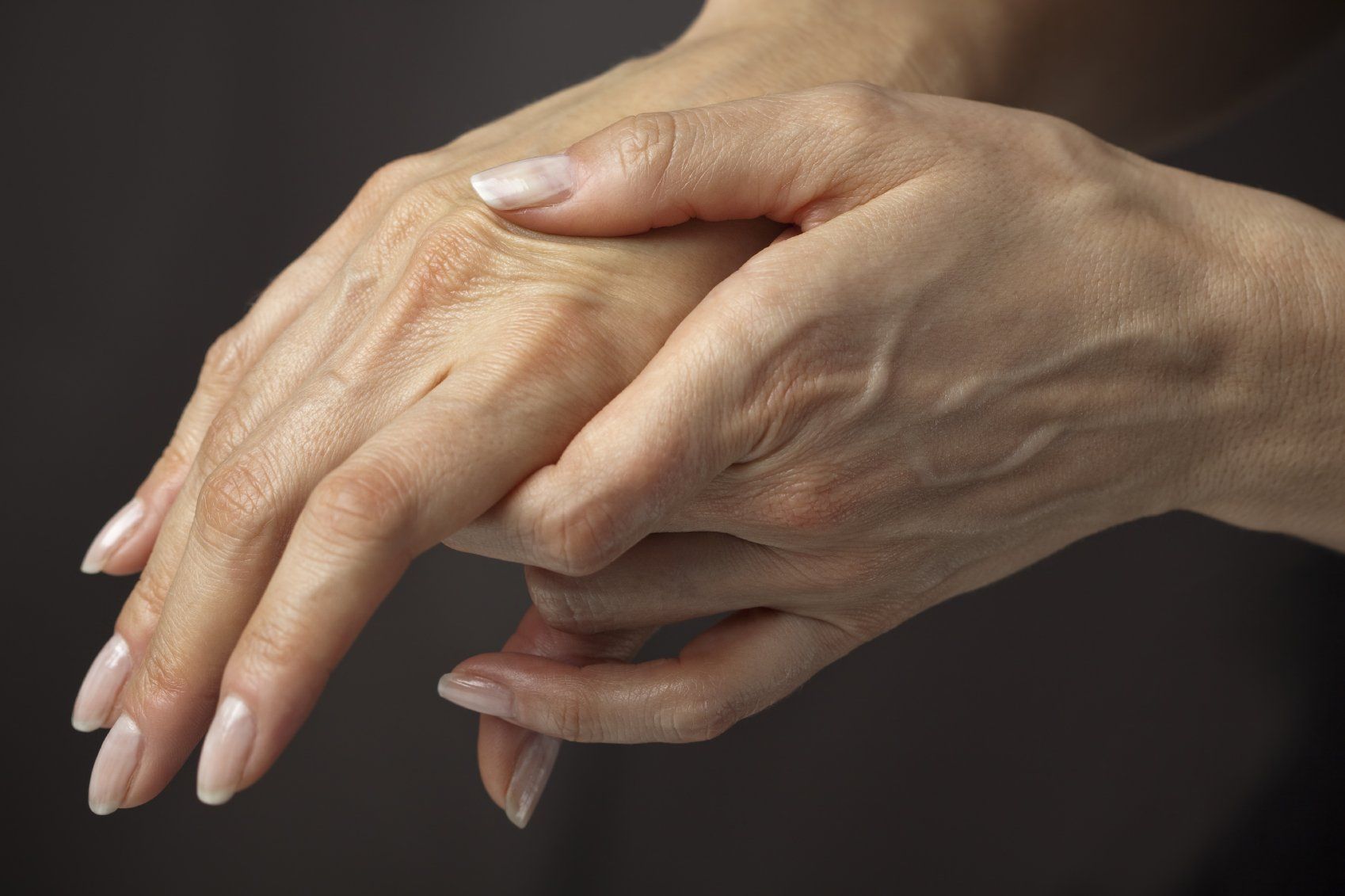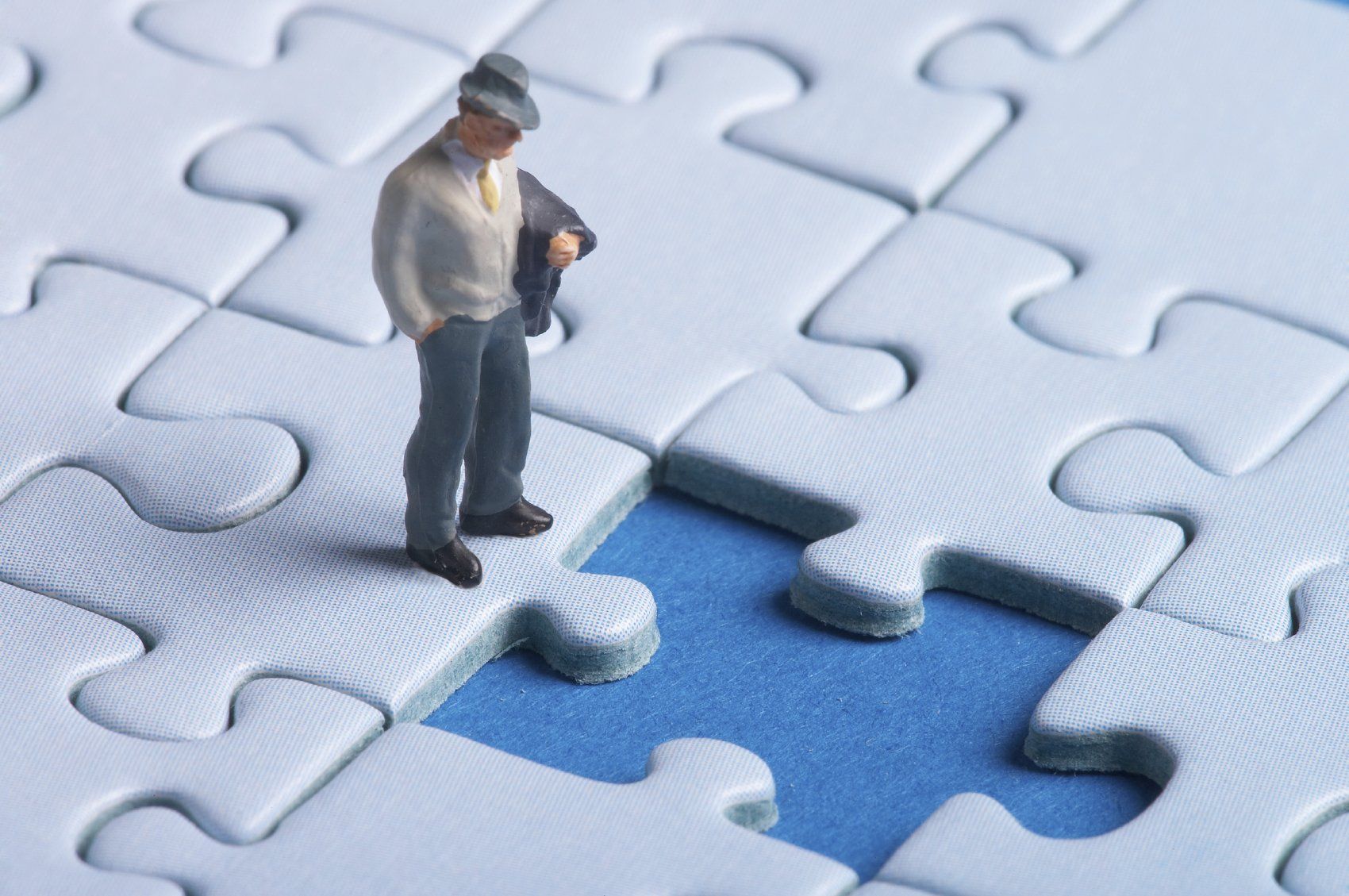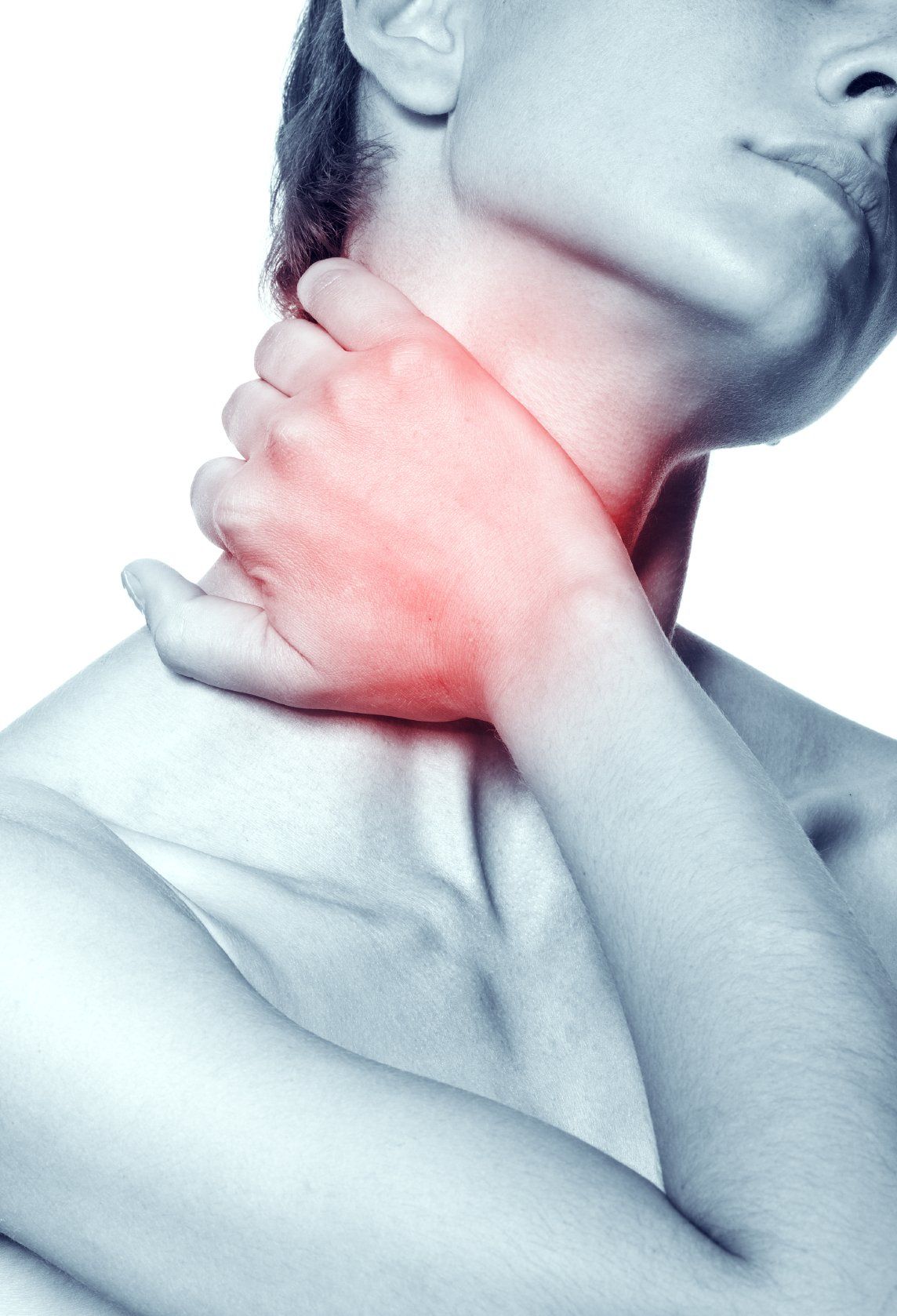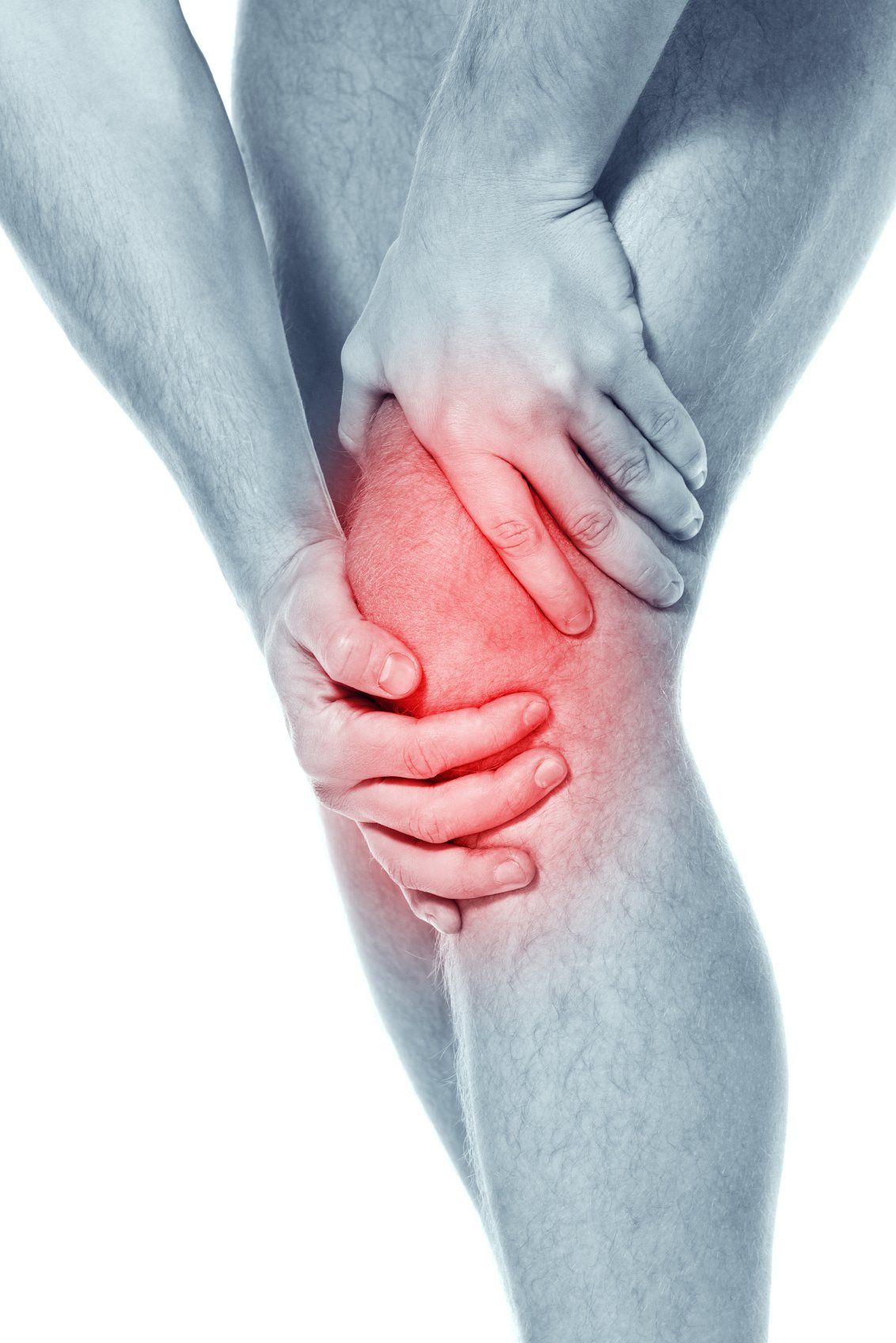The Benefits of Exercise
We all know the importance of staying active and exercising. It is advice we have heard many times as we navigate the twists and turns known as life. Often it is easier said than done especially for those with arthropathy and joint pains. However, we must fight the battle and remain as mobile and dynamic as possible. Because data shows that our quality of life, overall health, and even life expectancy itself are greatly impacted by our patterns of activity.

We define physical activity as bodily movement produced by the contraction of skeletal muscle that increases energy expenditure above the basal (baseline) level. Any type of physical activity can be included (occupational, household, leisure time, and transportation) and it is often categorized by level of intensity. The term "exercise" refers to a form of physical activity that is planned, structured, repetitive, and purposeful with a main objective of improvement or maintenance of one or more components of physical fitness.
A
metabolic equivalents score (often called MET score) is often used by scientists to help quantify the energy expenditure of activities. A score of 1 represents the amount of energy used when a person is at rest. Using this as a baseline, scientists have given common activities MET scores. While MET scores have their limitations, they are useful starting points for discussing exercise .
Activities with a MET score of 1-4 are in the low-intensity category. They would not improve the cardiovascular fitness of most people, though they could be a good starting point for some. Activities with a MET score of 5-8 are classified as moderate and would be appropriate for those who are older or sedentary. Activities with a MET score over 8 are high intensity and are best for improving fitness as long as they can be done safely.
Here are some other common workouts and their MET scores:
- Walking on a firm, level surface at a very brisk pace: 5.0
- Running at the rate of a 10-minute mile: 9.8
- Low-impact aerobics: 5.0
- Swimming laps: 5.8
Everyday tasks also use energy and have their own MET scores, including:
- Moving furniture: 5.8
- Raking leaves: 3.8
- Washing windows: 3.2
- Walking the dog: 3.5
There is strong and consistent data that cardiorespiratory fitness (CRF) and exercise can greatly effect clinical outcomes. In this meta analysis by Kodama S et al - data from MEDLINE (1966 to December 31, 2008) and EMBASE (1980 to December 31, 2008) databases were evaluated. Participants were characterized based on estimated cardiorespiratory fitness (CRF) utilizing metabolic equivalent (MET) units. Participants were categorized as low fitness (< 7.9 METs), intermediate fitness (7.9-10.8 METs), or high fitness (> or = 10.9 METs). There was strong association with higher cardiorespiratory fitness levels and lower risk of all-cause mortality and cardiac events. Participants at 7.9 METs or more had substantially lower rates of all-cause mortality and cardiovascular events compared with those with a less than 7.9 METs.
Some of the potential benefits of exercise / movement?
- Help control weight by burning calories
- Help maintain bone mineral density - so bones don't get thin and break easily
- Help with stress relief
- Can help improve/control depression and anxiety
- Can help with blood pressure control
- Can control blood sugar levels in people with diabetes
- Can lower the chance of dying from heart disease
How often should One exercise?
Doctors recommend that people exercise at least 30 minutes a day, on 5 or more days of the week. If you can't exercise for 30 minutes straight, try to exercise for 10 minutes at a time, 3 or 4 times a day. Even exercising for shorter amounts of time is good for you, especially if it means spending less time sitting.
What are the main types of exercise?
There are 3 main types of exercise. They are:
●Aerobic exercise – Aerobic exercise raises a person's heart rate. Examples of aerobic exercise are walking, running, dancing, riding a bike, or swimming.
●Resistance training – Resistance training helps make your muscles stronger. People can do this type of exercise using weights, exercise bands, or weight machines. You can also do this type of exercise using your own body weight, as with push-ups, or by lifting items in your home, like jugs of water.
●Stretching – Stretching exercises help your muscles and joints move more easily.
It's important to have all 3 types of exercise in your exercise program. That way, your body, muscles, and joints can be as healthy as possible.
What should I do when I exercise?
Each time you exercise, you should:
●Warm up – Warming up can help protect and keep you from hurting your muscles when you exercise. To warm up, do a light aerobic exercise (such as walking slowly) or stretch for 5 to 10 minutes.
●Work out – You should try to get a mix of aerobic exercise, resistance training, and stretching. During an aerobic workout, you can walk fast, swim, run, or use an exercise machine. Other activities, like dancing or playing tennis, are also forms of aerobic exercise. You should also take time to stretch all of your joints, including your neck, shoulders, back, hips, and knees. At least 2 times a week, you can do resistance training exercises as part of your workout.
●Cool down – Cooling down helps keep you from feeling dizzy after you exercise and helps prevent muscle cramps. To cool down, you can stretch or do a light aerobic exercise for 5 minutes.
The beauty of exercise regimens is the variability and potential adaptability of individual plans. One can exercise at home by themselves or in group activities or gyms. People can walk, jog, bike, or stretch. They can do resistance training with or without weights. They can find activities they enjoy such as basketball, tennis, or swimming. So keep battling and keep working on a personalized exercise regimen to help keep you active, healthy, and happy and everyone!










